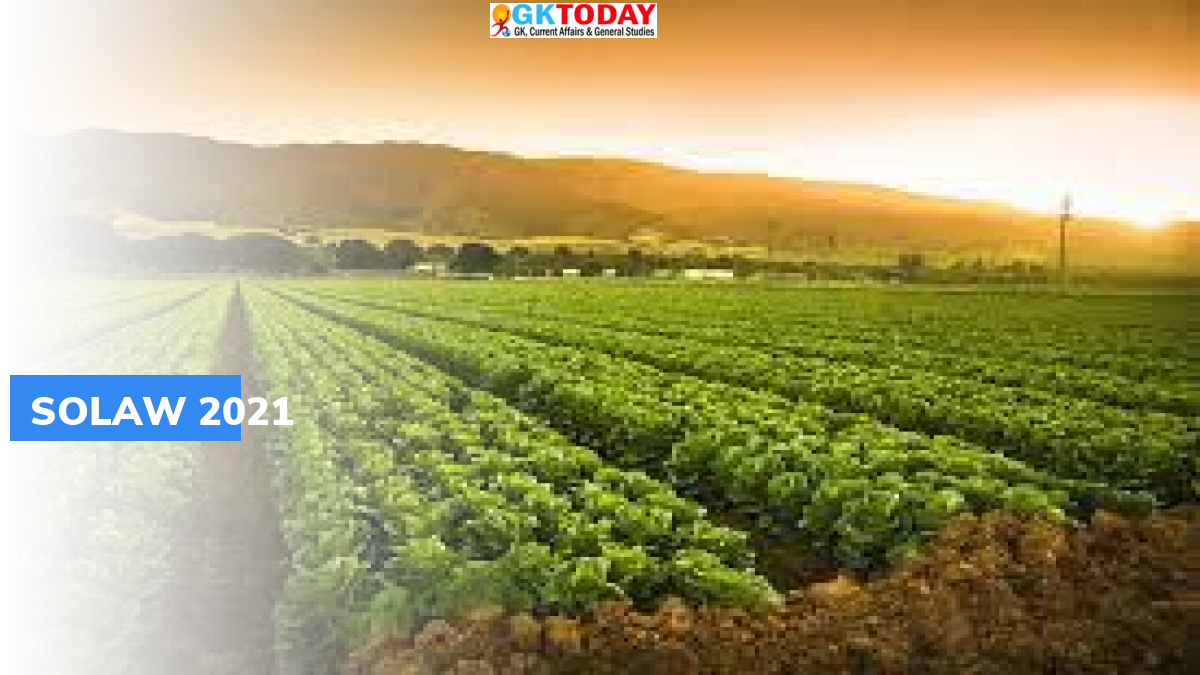SOLAW 2021
SOLAW is the State of the world’s land and water resources for food and agriculture report. It is created by the Food and Agriculture Organization of the United Nations.
What are the key findings of the report?
The report says that the pressure on land and water systems is compromising food security and agricultural productivity. The grass land and shrub covered areas that were used to graze animals have declined by 191 million hectares in two decades.
Climate Change
The climate change and global warming has increased the pressure on irrigation and rain – fed production.
Human Pressure
The pressure on freshwater, soil and land has increased and this is pushing the resources to their production limits. The global population is increasing at faster rate. This means that the per capita for animal husbandry and crops is declining. Between 2000 and 2017, this declined by 20%.
Cropland area
- Between 2000 and 2019, the cropland area increased by 4%. The growth in arable land doubled and that for rain – fed crops increased by 2.6%. Degraded cropland accounted for 29% of the total cropland area.
- Half of the irrigated crop lands and a third of rain – fed croplands are accounted to human – induced land degradation.
- Only 38% of irrigated land in the world is stable. Largest degraded land is in the northern hemisphere.
Soil salinity
The soil salinity is increasing rapidly. It is to take up 1.5 million hectares of cropland out of production every year.
Urban
55% of world population are urban dwellers. This means the encroachment on good agricultural land increased.
Chemical
The use of chemicals and farm mechanization has increased. The grazing intensities and mono – cropping in also increasing. This altogether is diminishing the stock of the agricultural land.
Solution
The world should work to produce 50% more food, livestock and biofuel by 2050 as compared to 2012. Water governance and land management measures should be adopted.


